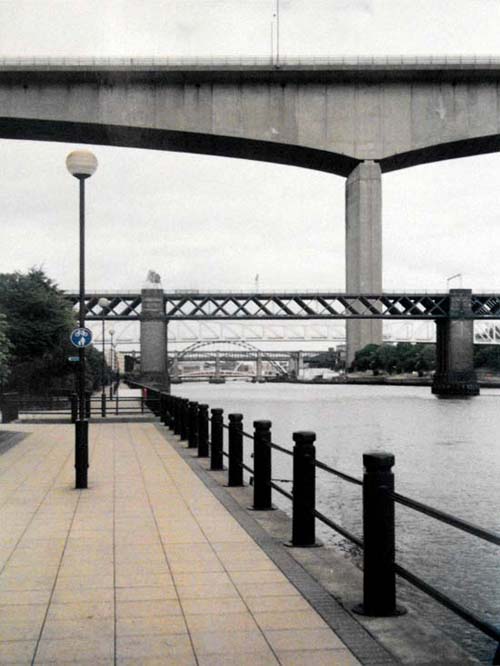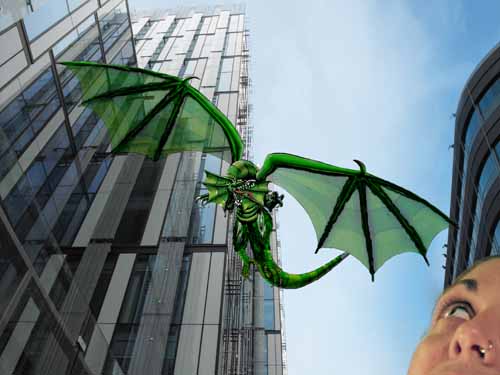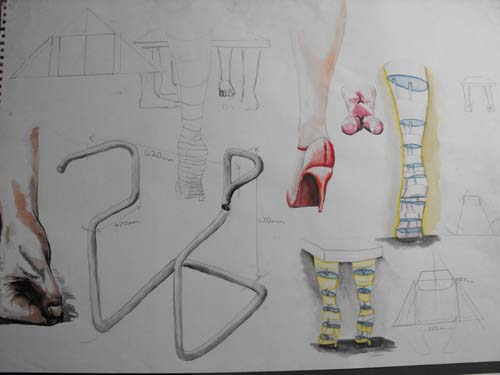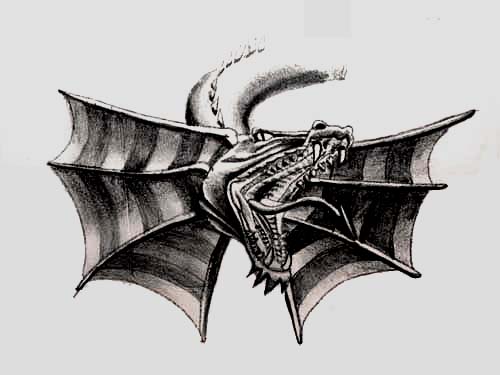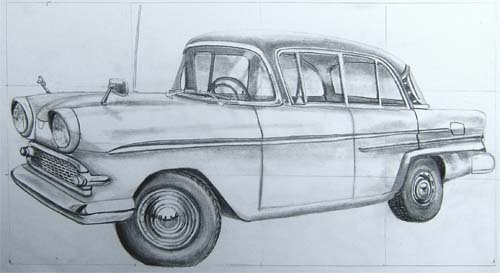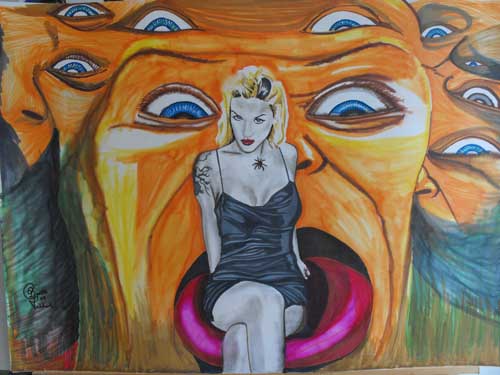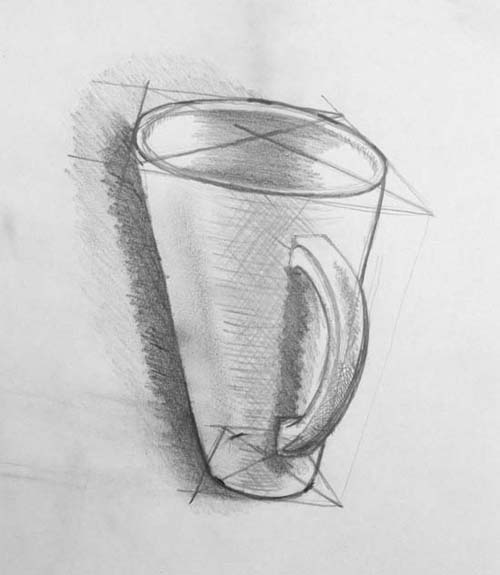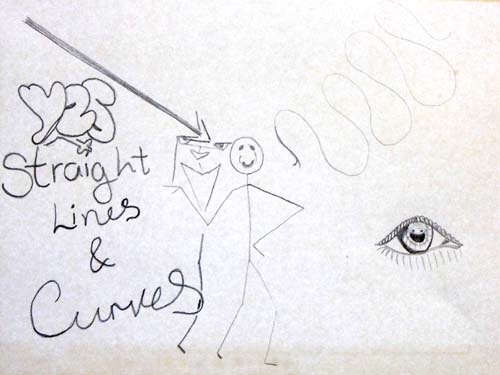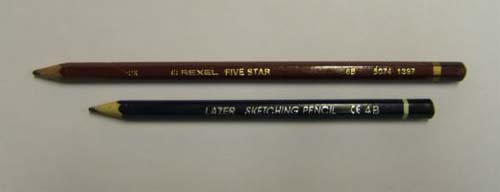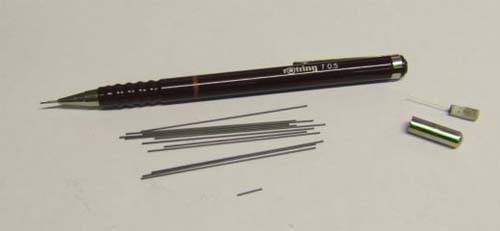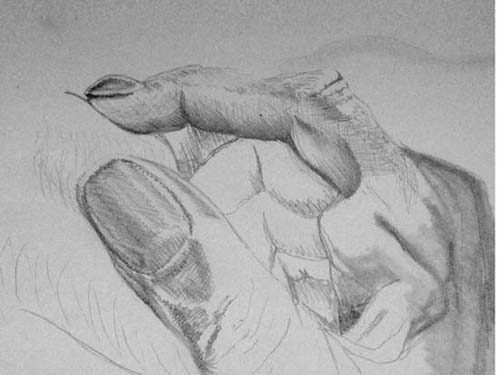32,000 years ago our primitive human ancestors, used charcoal as a black pigment for decorating their caves, with drawings and images. Along with the cavemen, the Egyptians also painted their highly decorative hieroglyphic writings, with this very same substance that is still being used to day for the same purposes of drawing, writing and decorating.
Thankfully we don’t still live in caves but we do still use charcoal for drawing and the pigmentation of black paints, such as Carbon Blacks, Ivory Black, Vine Black and Lamp Black.
Carbon black is the name used for different but common black pigments, that are made by charring organic material, usually wood or bone, it only seems to be black because there is almost no light being reflected from it, that is visible to our eyes. Carbon black substances reflect very little or no light at all, so because of this, they give the impression of being black.
These black carbons where produced originally, by charring different types of organic material, Ivory black was originally made, by charring ivory or animal bones, where as Vine black was made in much the same way, by using the dried out, chard stems of grape vines instead. Nowadays you can still obtain vine charcoal but this has been mostly replaced with willow and other similar woods, making it more substantial for use in drawing. There are many different other types of charcoal produced, for different purposes, just one example would be charcoal grills, for grilling your steak and other meats outdoors.
Lamp black as it was called, was originally produced from the soot that gathered inside oil lamps, that was also called lampblack because of where it came from.
These end pigments are all carbon substances, which give them the generic term of being called carbon blacks.
As it stands today, charcoal is a prehistoric drawing substance, that is still effectively being used by many artists in the production of fine works of art, all over the world.
32,000 years on into the future, with the production of fine art still being practiced by many using charcoal in the drawing process and almost all black pigment, being obtained from chard materials, thus making charcoal the granddaddy of all the drawing substances, known to man, it must be good because we still use it.




